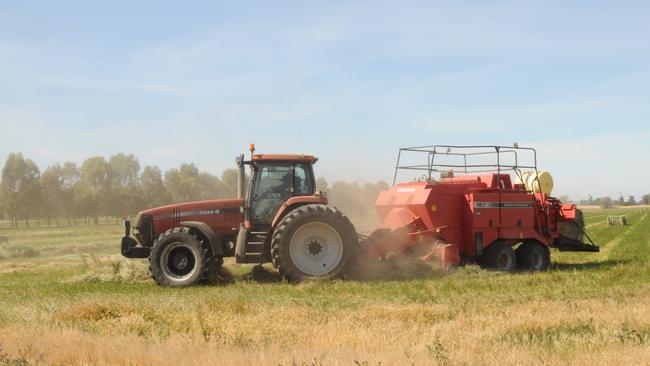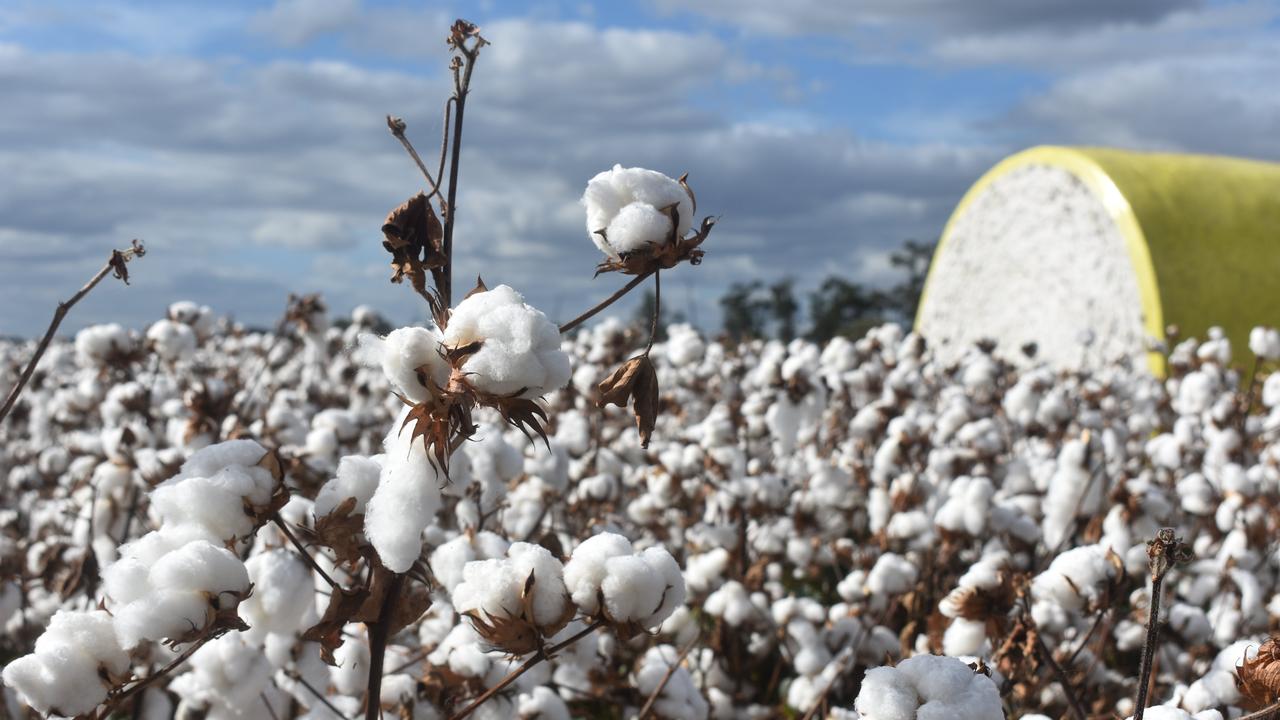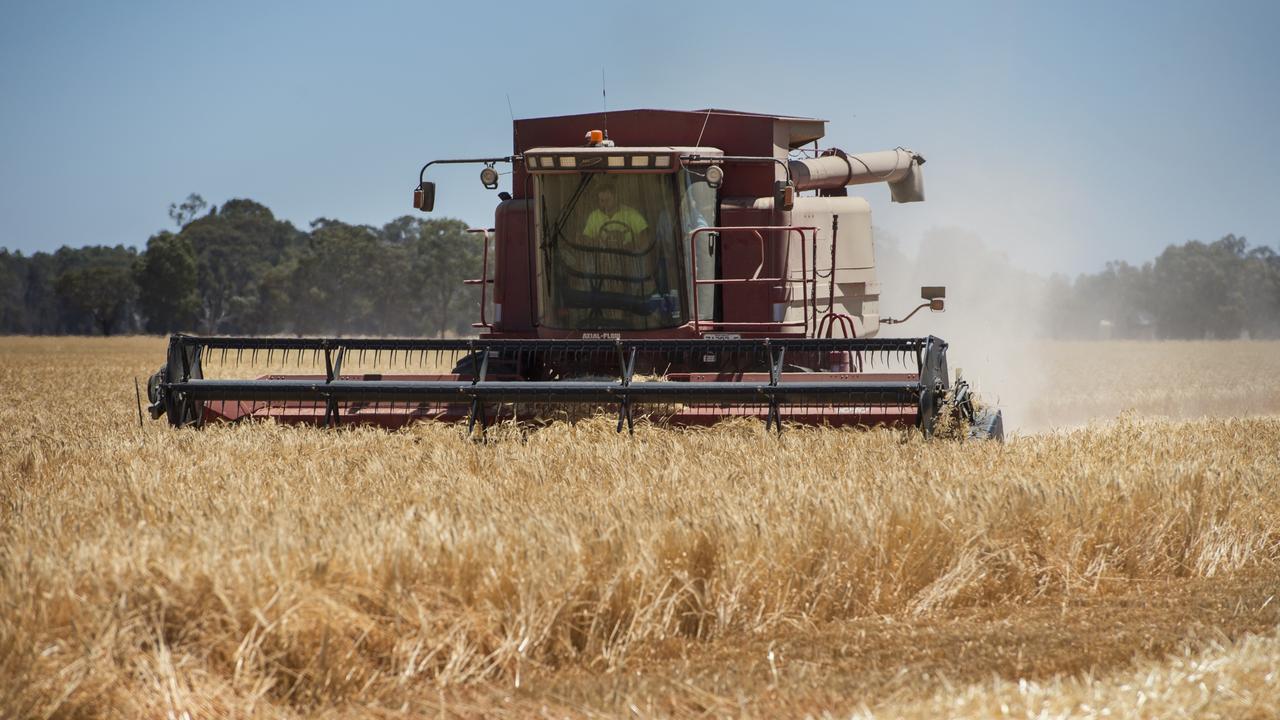Fall in prices a drawcard for dairy farmers
In a flat hay market growers struggle to find buyers. This makes the sales from the trickle of demand much more welcome than normal. See who is buying.

THE new year brings rainfall in southern Victoria, providing extended grazing to pastures and a further reason why hay buyers will delay their purchasing decisions.
Demand for cereal hay is slow. Exporters may blend high-quality carry-over hay with mid-grade new crop hay, but ultimately exporters need new markets for the rain-damaged hay that remains on offer.
Graziers are enjoying some of the most prolific spring and early summer pastures for years.
Prime lamb producers in the Lismore district have fresh green phalaris-based pastures providing extended feed.
Dry land lucerne paddocks in the region have already been cut for silage in early November, cut for a second time as hay in December and are also responding well to the recent rain. According to these farmers, three cuts of dryland lucerne were possible in around two out of 10 seasons during the 1990s, but has not been a feature in the new millennium.
While subsequent growth could be used for another cut, slow demand for hay is discouraging lucerne hay production and many prime lambs are likely to feed on paddocks during January.
One downside of the volume of growth available is the lack of stock to feed.
Stocking rates are generally set at comfortable levels for winter and restocking properties with cattle and sheep is proving expensive.
Further north, livestock operators based in the irrigated regions are also showing little urgency in their buying decisions. Irrigation water is affordable once more and spring has provided generous biomass for fodder conservation.
Fortunately, there is still is some trickle of demand.
Not all dairy farmers in the irrigated north will be swinging over to grazing summer pastures. Frequent dry seasons have led to a change in their feeding systems with mixer wagons and feed pads providing milkers with a partial mixed ration, particularly during the summer months.
Some bought-in feed will be needed for these ‘‘cut and carry’’ feeding systems.
NSW dairy farmers, as far north as Taree, have been taking advantage of the fall in hay prices.
Vetch hay from the central Mallee has been moving north at the regularly offered price of $200 a tonne ex farm.
To secure this demand growers needed to offer some of their best quality vetch. Bales that had received less than 20mm of rain and tested over 20 per cent protein and 9.5 ME units of energy were selected for this business.
MORE
GROWERS HOPE FOR LIFT IN DEMAND


